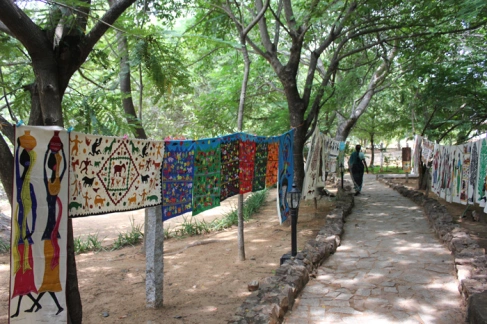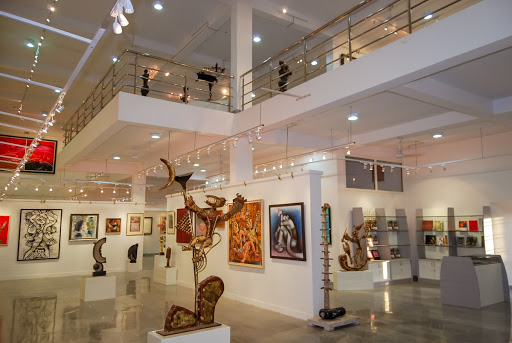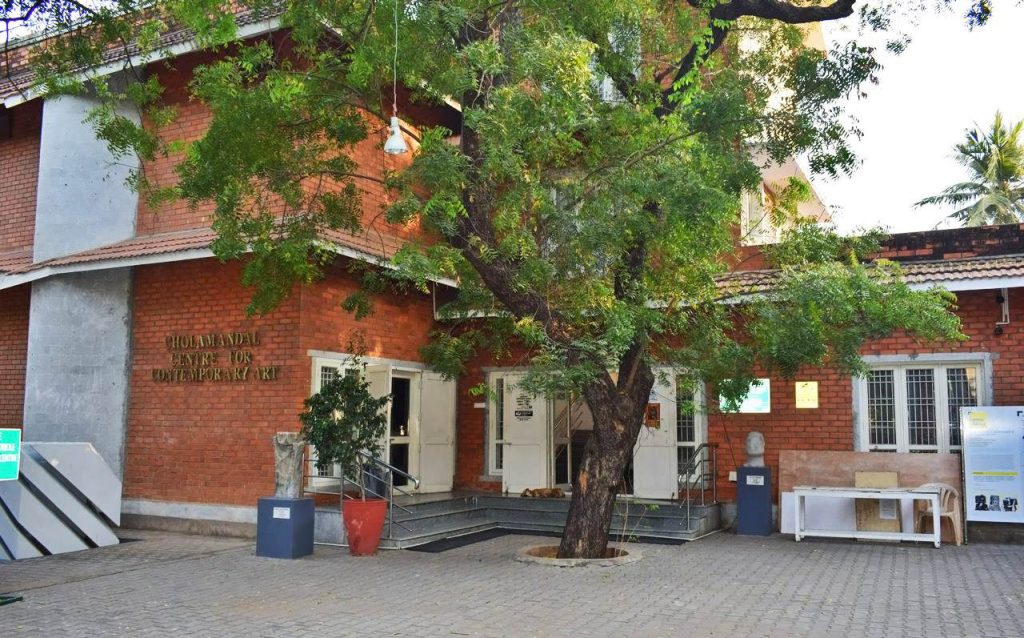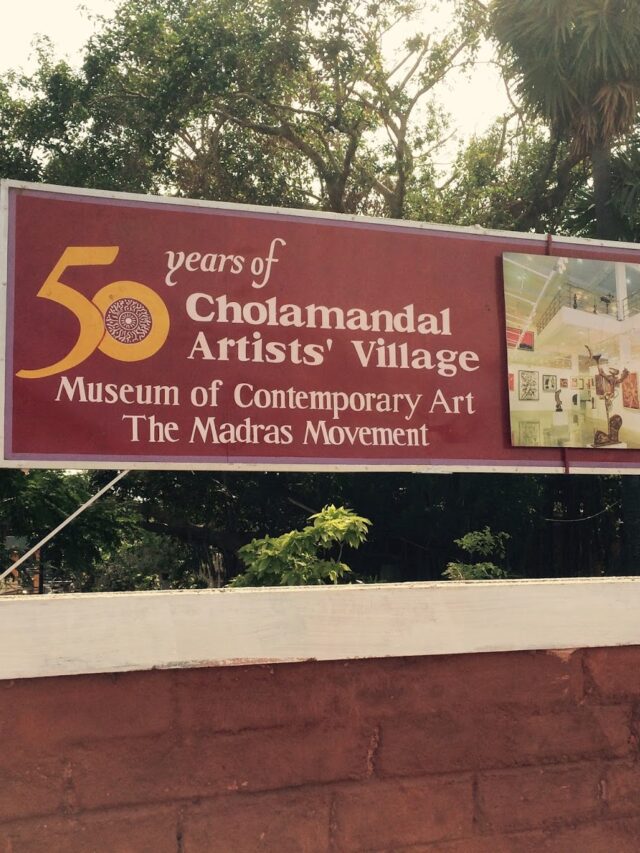What does a community stand for? Is it just a group of people living together or is it much more than that? For us, community refers to a group of like-minded yet diverse people who learn, grow, and evolve together. There is always a shared interest and a shared goal. Whether it is the Nepalese Unnati village or the Delhi Crafts village. One such commune is the Cholamandal Artist Village.
Cholamandal Artist Village
If you have ever encountered Cholamandal Artist Village photos, you might be stunned by the sheer size of talent. It is the largest self-supporting artist commune in India. Cholamandal Artist Village was established in Chennai, India in 1966 by KCS Paniker. The artists are credited with bringing modernism to South India through the Madras Movement of Art (1950s – 1980s). The name borrows from the Tamilian Chola Dynasty (9th – 13th century) who were said to encourage art.
History of Cholamandal Artist Village
Cholamandal Artist Village was established as a desire to form a space where they can practice their art. The original founding members were all students or artists from the Government College of Fine Arts, Chennai. By 1963, 38 artists had joined hands and formed ‘Artists Handicraft Association (AHA)’ to sell their work. During this time, they produced the first batik fabric in India. The batik exhibition gave them financial aid which allowed them to buy 8.5 acres of land in 1966.

After having shifted to their ‘native land’, the collective realized the opportunity to propagate modernism via batik art, avant-garde wood and leather work, ceramics, and metal crafts. The village nurtured the likes of Namboothiri, Paris Viswanathan, SG Vasudev, J Sultan Ali, MV Devan, and other contemporaries. They formed a cooperative to look after the village, build infrastructure, and sell their art.
Cholamandal Artist Village Architecture
The Cholamandal Artist Village received electricity in 1968 and a mud road in 1972. Soon, the community built a theatre, studios, houses, an exhibition gallery, a workshop, and a kitchen. To establish the now famed ‘Cholamandal Centre for Contemporary Art’, the artists raised money from the private sector. The centre would keep the artworks of the Madras Movement at the centre stage. In the beginning, a gallery was formed out of thatch and mud. However, with the efforts and ideas of Sheila Sri Prakash (Shilpa Architects) and MV Devan, the construction was finished in three and a half years.

The Cholamandal Artist Village architecture is formed in such a way that the natural beauty and the design of the land remain as is. The building is a volute-shaped structure with contemporary finesse which employed the local stonemasons and craftsmen. The display room is a rectilinear-shaped room with high ceilings and natural daylight. The exterior of the building is composed of exposed brickwork and concrete. The centre was inaugurated on 1 February 2009 with two commercial galleries – ‘Laburnum’ and ‘Indigo.’ The building stands within the international sculpting garden which displays the prowess of visiting artists from around the world.
Cholamandal Artist Village Now
The AHA is still in charge of the venue. Out of the original, only 21 remain in the complex. The Cholamandal Artist Village does not accept new members. One may visit the premises daily if they adhere to the Cholamandal Artist Village timings — 10 AM to 5 PM.
Image Courtesy – Casual Walker






